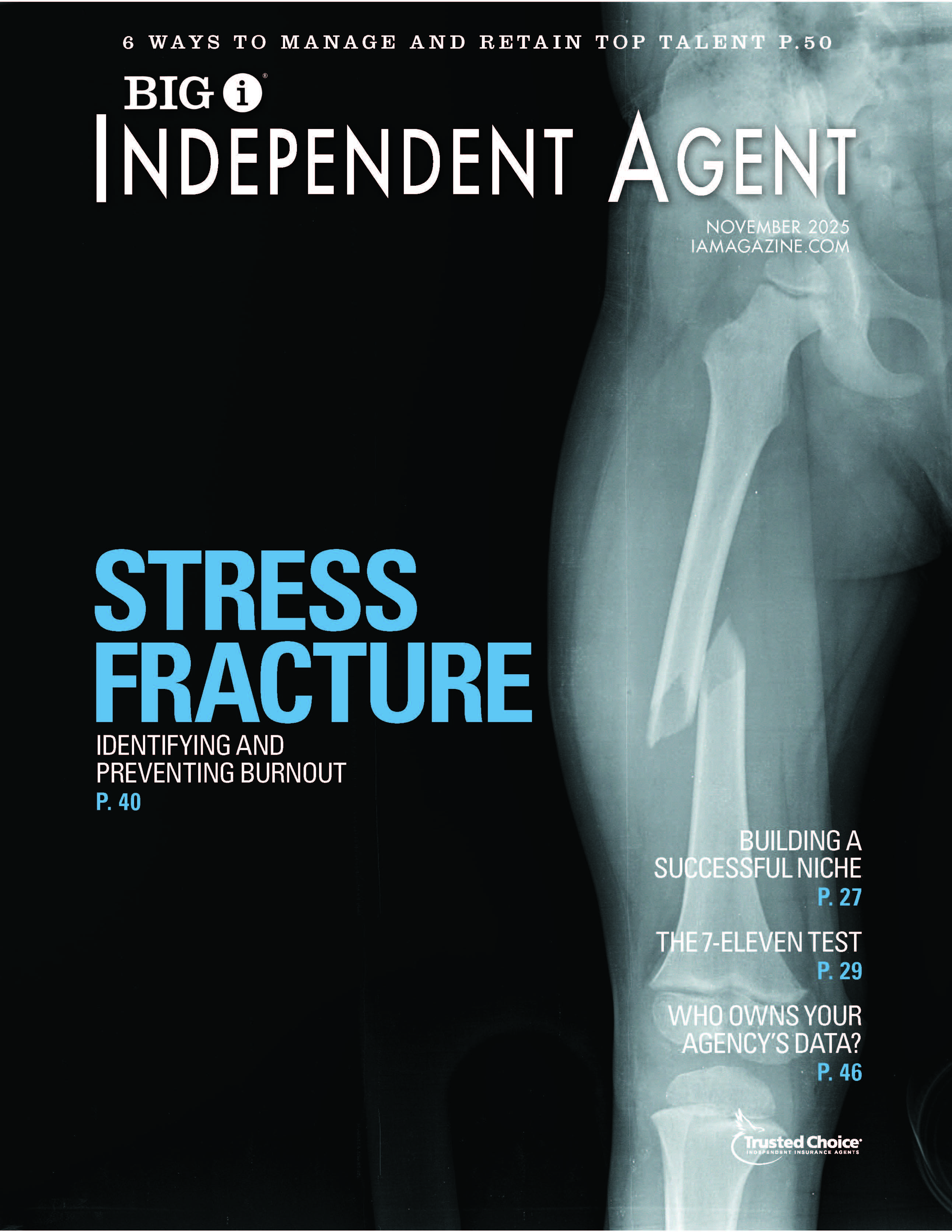Preparing Your Clients for Surprise Weather Events

By: John Nesbitt
I did not expect to feel an earthquake as I made coffee early one morning in my home in Kansas City, Missouri—a region associated more with tornadoes than earthquakes. But on Sept. 3, 2016, as Oklahoma experienced the largest recorded earthquake in that state’s history, I felt my house shake, 300 miles away from the epicenter near Pawnee, Oklahoma.
I wasn’t alone: People across at least six states reported feeling the effects of the 5.8-magnitude quake. Another, smaller quake struck a month later.
On Aug. 23, 2011, a similar 5.8 magnitude earthquake occurred near Mineral, Virginia. People reported feeling it as far north as Canada and as far south as Florida. Most of the damage was closer to the epicenter in Mineral, where approximately 70% of the structures sustained damage, including the high school, post office and many homes. But nearly 100 miles away in Washington, D.C., the Mineral quake damaged the Washington Monument, National Cathedral and Ecuadorean Embassy.
Much of the damage caused by these earthquakes was likely uninsured—standard homeowners and commercial property insurance policies do not include coverage for earthquakes, which means policyholders must purchase it separately. And most don’t know that.
Just as earthquakes do not occur only on the West Coast, hurricanes do not only affect Florida and the Gulf. They can continue up the Atlantic like Superstorm Sandy, striking New Jersey, New York and even New England. They can also continue inland after making landfall, causing more flooding and wind damage along their path.
Hurricane Ike devastated the Gulf Coast in 2008, causing more than $12 billion in damage in Texas, Louisiana and Arkansas. But it also continued its path north and east, causing destruction through the Ohio Valley, the southern Great Lakes and into New England. As much as 10 inches of rain caused power outages throughout the upper Midwest, rendering up to 4.5 million people powerless at Ike’s peak. Ohio, far from any coast, experienced hurricane force winds that caused billions of dollars in damage and knocked out power at more than 2.5 million homes, making it one of the costliest natural disasters in that state’s history. Ike even continued into Canada, causing record rainfall in parts of Ontario and an electrical malfunction that shut down part of Montreal’s subway system. In the end, total reported damages from Ike reached $29 billion.
Even without a hurricane, flooding can occur in unexpected places—and many policyholders may not know that standard homeowners and commercial property policies do not provide flood coverage. In 2013, Colorado experienced its costliest natural disaster: a record rainfall of more than 17 inches over several days. Flooding destroyed about 1,850 homes and 200 businesses, displaced 18,000 people and caused about $4 billion in damages. Denver received about three-quarters of its annual rainfall in just over one day. Boulder received almost nine times its average monthly rainfall in about four days. More than a dozen Colorado cities experienced significant flash flooding.
That same year in Alberta, Canada, the Bow and Elbow rivers flooded due to heavy rainfall west of Calgary. A mandatory evacuation of approximately 26 neighborhoods affected 75,000 people and caused billions of dollars in property damage. While uncommon, this type of flooding could happen anywhere if a similar weather pattern occurred with ground saturation from an initial rainfall or snowmelt combining with heavy rain over a few days.
It’s a good reminder that surprising weather events can occur in any part of the country. Swiss Re Corporate Solutions handled an errors & omissions claim against an insurance agent involving allegations of insufficient replacement cost limits after a significant hailstorm in the desert climate of Phoenix, Arizona. Another unexpected claim arose from wind and flood damage caused by remnants of Hurricane Irene at a ski resort in New Hampshire.
Such significant and unexpected events can create uninsured losses in more ways than the obvious absence of flood or earthquake coverage. Business interruption claims often arise from catastrophes, as do claims involving power outages. Even if the damage does not affect a policyholder’s property, the ripple effects of the damage can cause uninsured losses in other ways. One example is a claim that would be covered by dependent property coverage, which protects against loss of income or expenses resulting from a loss at another organization’s premises on which the policyholder depends, such as a supplier or customer.
Agents should present their customers with information about these perils and related coverages in order to give them the option of purchasing additional coverage if they decide they want to. Although insurance agents in some states do not have a duty to recommend coverage, when an unexpected and uninsured loss occurs, nothing prevents agency customers from claiming they were unaware of coverage gaps and asserting their agent negligently failed to alert them or offer a solution.
Always get documentation not only that a discussion took place, but also that the customer rejected additional coverage. Having this information on file can help keep your head above water when defending an E&O claim.
John Nesbitt is an assistant vice president, claims specialist with Swiss Re Corporate Solutions and works out of the office in Overland Park, Kansas.










